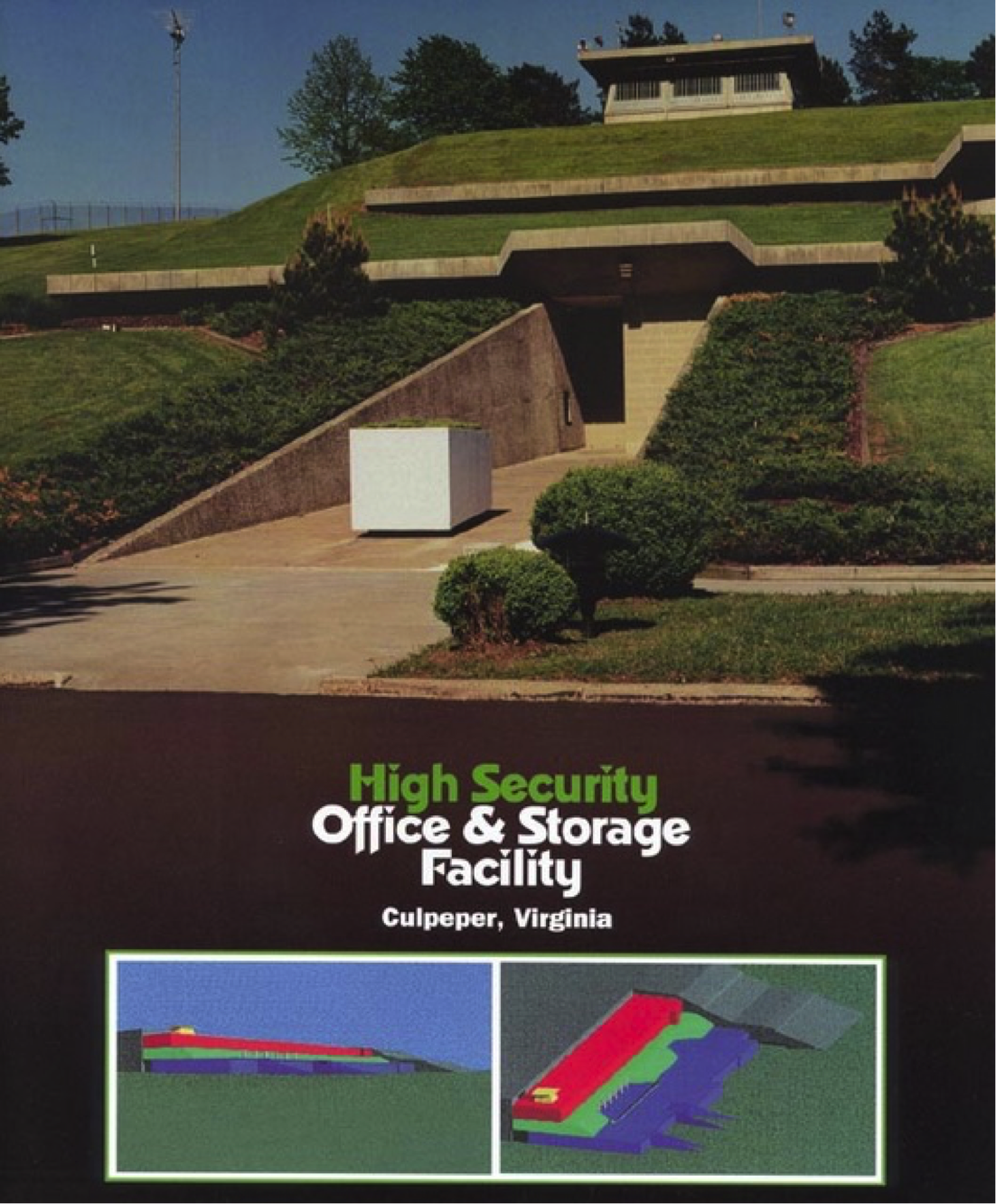
When people come to visit the Farm, they often comment on the modern earth-sheltered structure that looms above the lane at the north end of Mt. Pony. It is the David C. Packard Center for Media Preservation, which I think I have talked about before.
They show restored Hollywood films there every week in a really neat theater with an organ and everything. But that is not what really intrigues me about the mountain.
Mattski gave me an excellent history of the hill, which was used as an observation point and signal station by both Union and Confederate forces during the Late Unpleasantness Between the States, and there is supposed to be some graffiti on private property near the crest. I have not investigated it, nor contacted the owner of the property, but it is on my list, and I will get around to sharing it with you one of these mornings.
I revel in the history of the place, and when I approach Culpeper on Route 3 and see the looming bulk of the east side of the hill, I know I am almost home.
Despite my fascination with the Civil War stuff, the hill is one of the reasons I fell in love with the area. Sure, it is lush and green, and my little place is nestled between two little streams that the EPA wants to regulate. But I ran into something else, long ago, in the very weird days that followed 9/11.
There were plans on the shelf for all sorts of things in the Cold War. Early on, before the precision of Soviet Nukes improved to the point that no bunker, regardless of how deep, was going to provide refuge.
One of the forts of the early Cold War was in Cheyenne Mountain. That is the one that never was a secret- HQ of the North American Air Defense Command, deep under mountain. There were others- the ones around here are called “Undisclosed Locations,” though who they might have been undisclosed to is a mystery to me.
I had a picture of the Shah of Iran making a visit to one of the ones I worked in, taken from the archives in the fort. Certainly the Russians knew about them.
Anyway, I was with some bored White House Staffers one afternoon and they wanted to get out into the daylight. They had me drive the big GM Suburban, and we went looking for other bunkers. There was a Kennedy bunker in Warrenton, and some antenna fields belonging to one of the Agencies that people had half-forgotten about.
It was an interesting afternoon, and since I had been a participant in the Program when they transitioned from hard defense to a road-mobile capability. It was expensive, and the bureaucrats couldn’t wait to dismantle it with the end of the Cold War.
They might want it back, these days, but we were clearing out the Cold War attic, and even some of the forts went on the market. See, every agency had one, to pretend that they could continue to operate amid the radioactive slag. The FAA had one- I was tasked to find one for CDC in Atlanta. The Congress had one at the Greenbrier Resort. And of course the White House has several.
Everyone needed a Fort in the Cold War, and after 9/11 everything old was new again.
That is where we come to Mount Pony, and why the Packard Center was interested in the hills of Culpeper when they were looking for a climate-controlled underground facility to store all that flammable nitrate-based ancient film stock.
The one in Mount Pony was owned by the Federal Reserve. It was- and is- a massive bunker that housed some $4 billion in hard currency as well as the central hub of FedWire, the computer network which allows the nation’s banks to communicate and transfer funds.
Since it went operational in 1969, the operated a 139,800-square-foot radiation-hardened facility inside Mount Pony. The 400-foot-long (122-meter) bunker is built of steel-reinforced concrete 1 foot (0.3 meters) thick. Lead-lined shutters can be dropped to shield the windows of the semi-recessed facility, which is covered by 2 to 4 feet (0.6 to 1.2 meters) of dirt, and surrounded by barbed-wire fences and a guard post. The seven computers at the facility, operated by the Federal Reserve Bank of Richmond, were the central node for the transfer of all American electronic funds.
Until July 1992, the bunker also served as a facility for the ” continuity of government ” (COG). With a peacetime staff of 100, the site was designed to support an emergency staff of 540 for thirty days, but only 200 beds were provided in the men’s and women’s dormitories, which would be shared on a “hot-bunk” basis by the staff, working around the clock.
A pre-planned menu of freeze-dried foods for the first thirty days of occupation was stored on site; private wells would provide uncontaminated water following an attack. Other noteworthy features of the facility were a cold storage area for maintaining bodies that could not be promptly buried (owing to high radiation levels), an incinerator, indoor pistol range, and a helicopter landing pad.
Until 1988, Mount Pony stored several billion dollars worth of currency, including a large number of $2 bills in its 23,500-square-foot (2,186-square-meter) vault, shrink-wrapped and stacked on pallets 9 feet (2.7 meters) high. This money was to be used “to replenish currency supplies east of the Mississippi.”
But the facility wasn’t just for use in the post-apocalyptic future. It was actively used by the Federal Reserve to route and monitor financial transactions from America’s banks throughout the 1970s and 80s. The building was dedicated in December 1969 and by August of the following year it was routing financial transactions between 5,700 banks all around the country. By the mid-1970s it was processing 25,000 messages an hour through the facility’s four computers.
It may have been designed with the apocalypse in mind, but the Fed was going to be damned sure it got its money’s worth during those pre-apocalypse years.
Here are some fun pages from the government’s Culpeper Switch booklet…
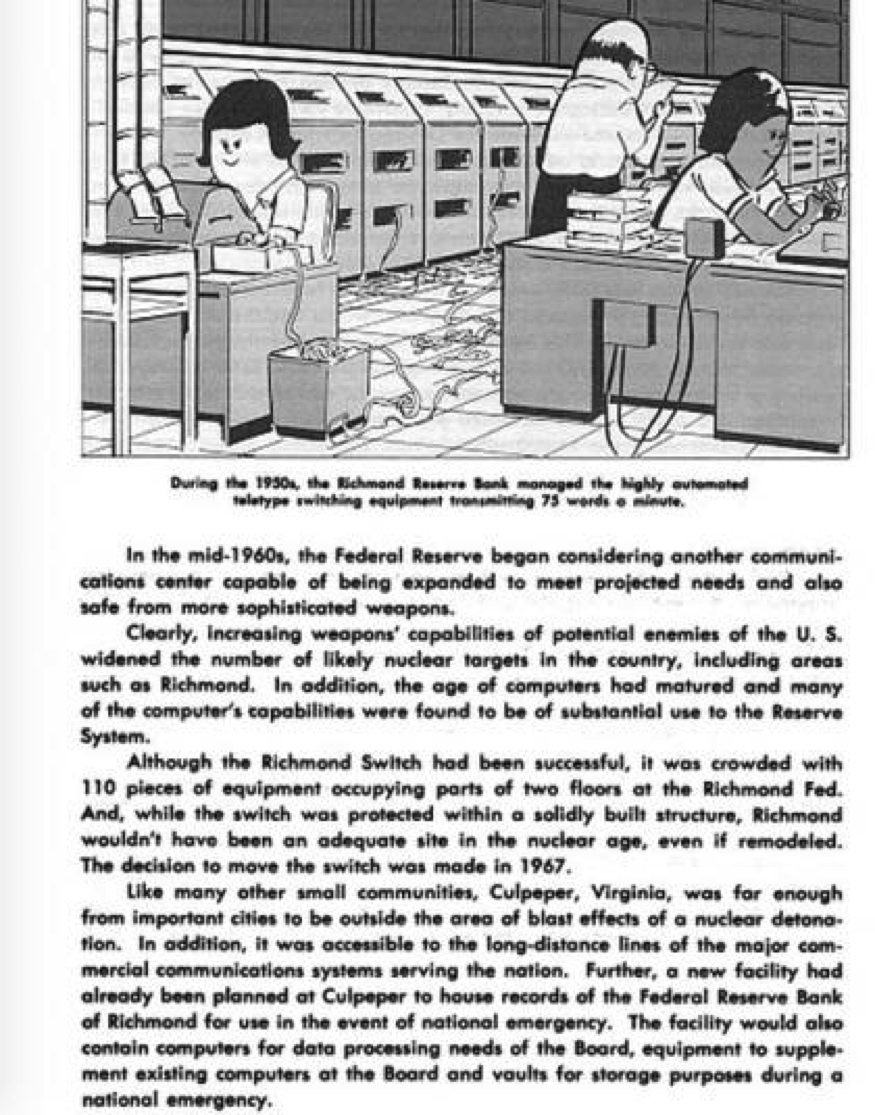
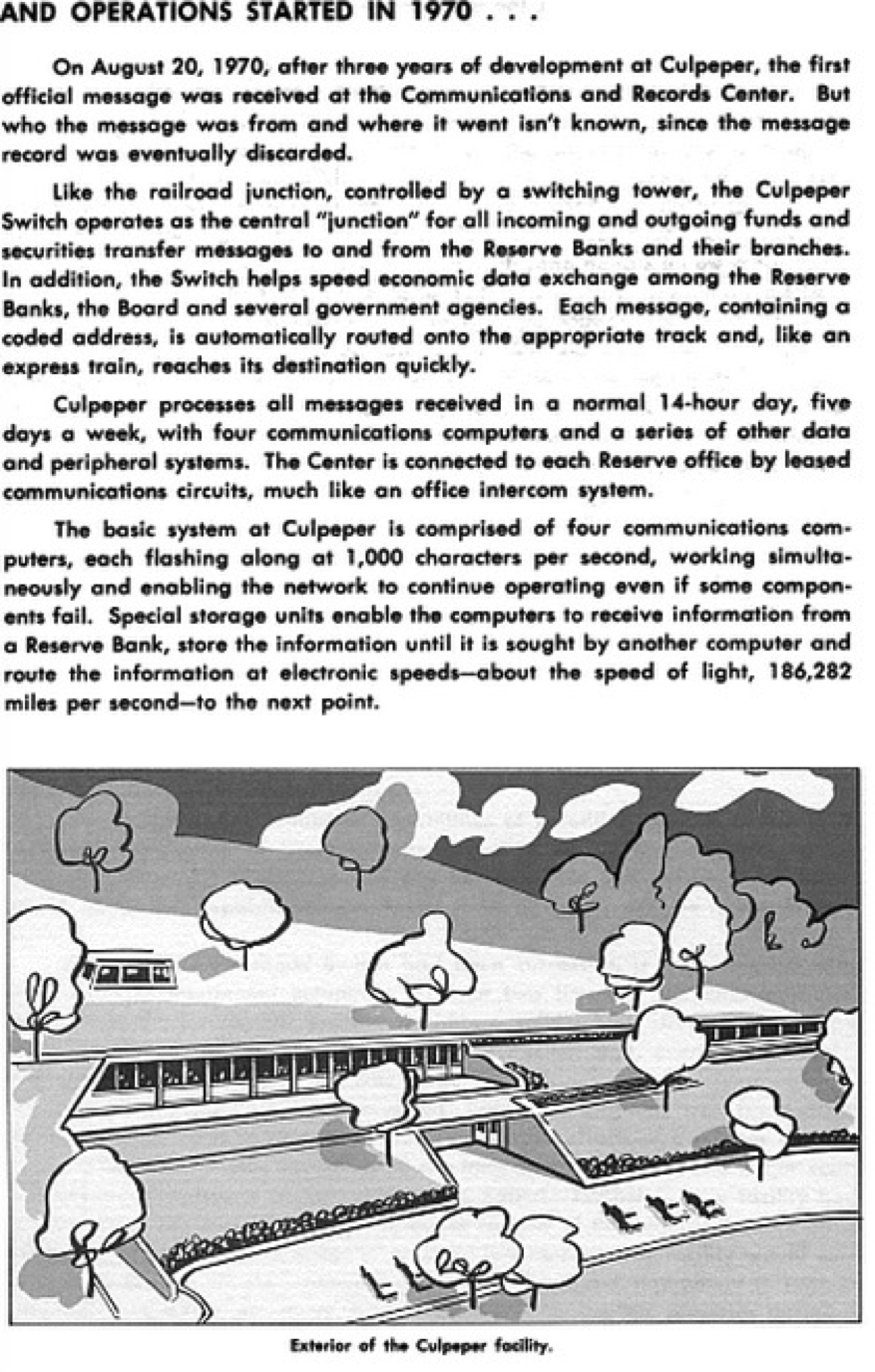
…and here are the floor plans…
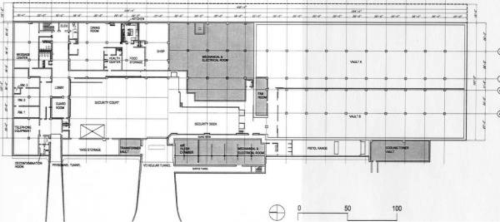
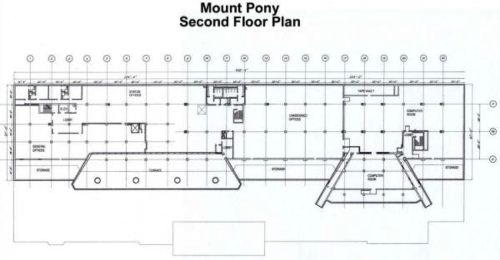
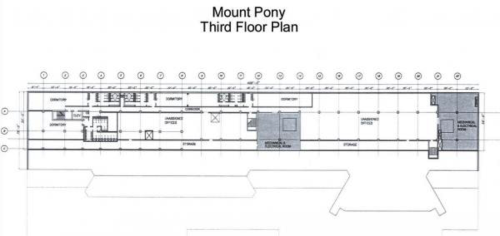
Once the Soviet threat had passed, the government attempted to sell the facility. Here are the visuals from the brochure:
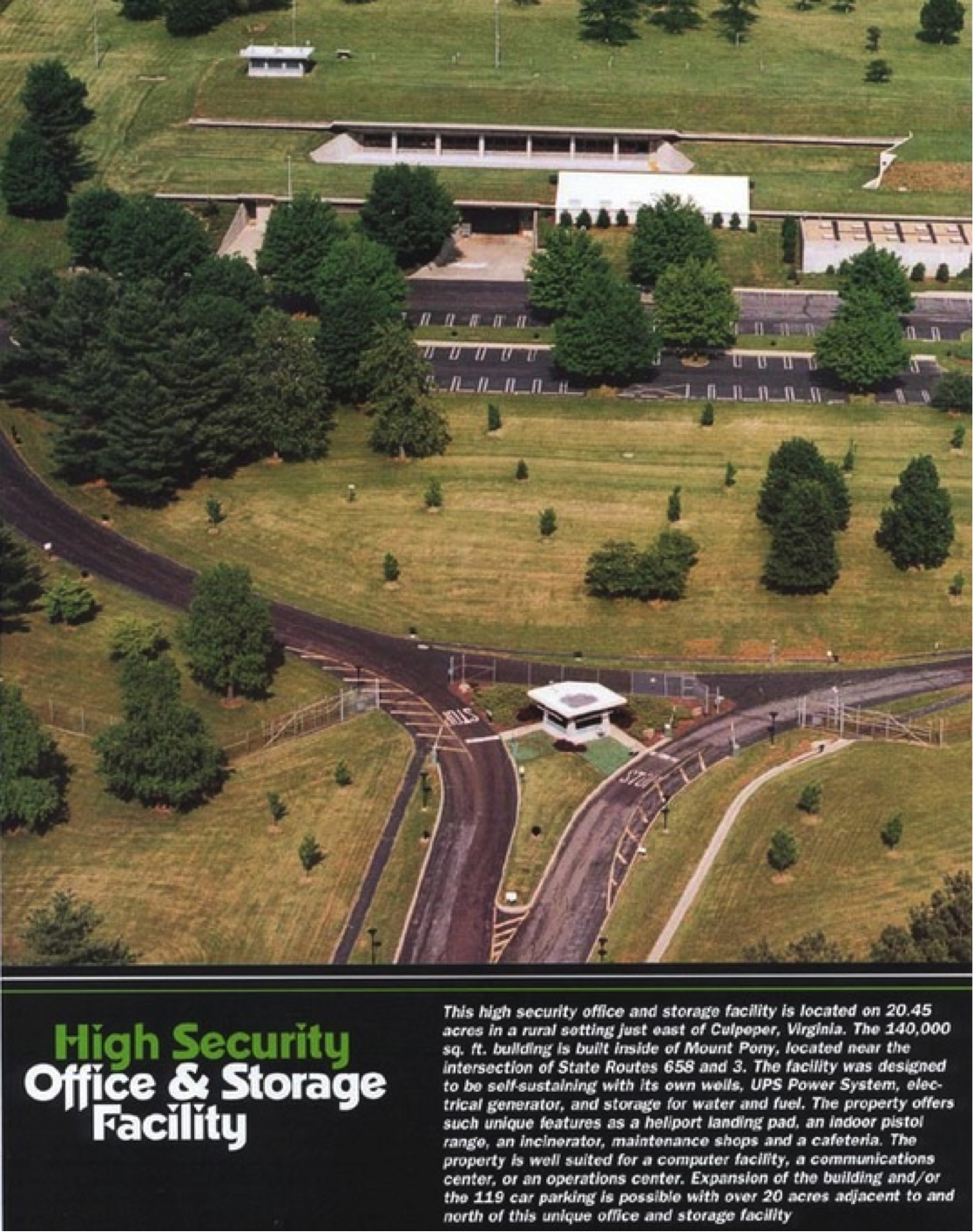
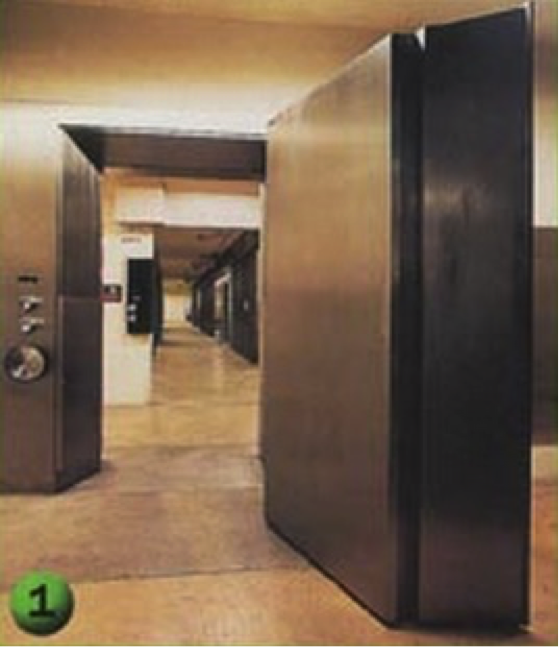
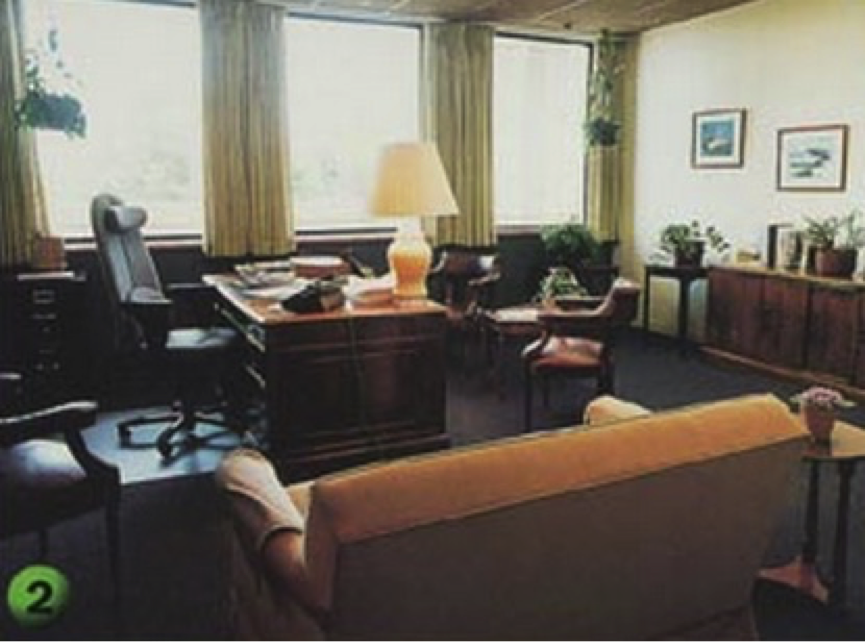
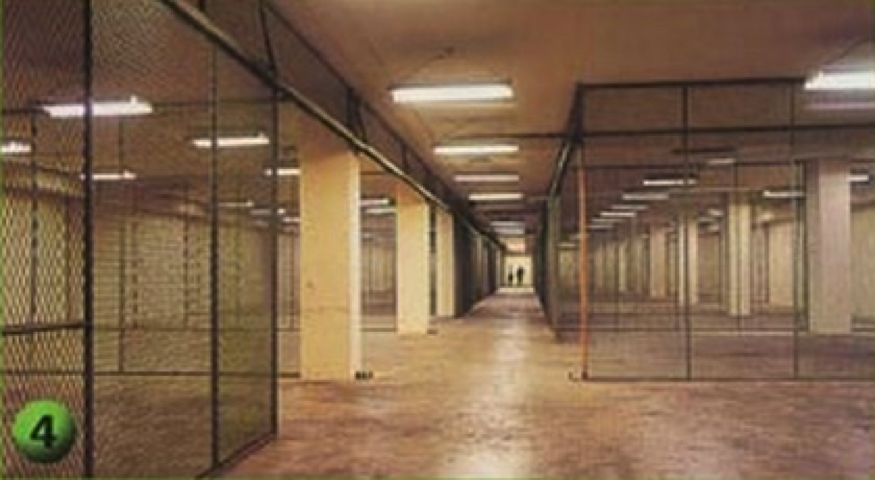
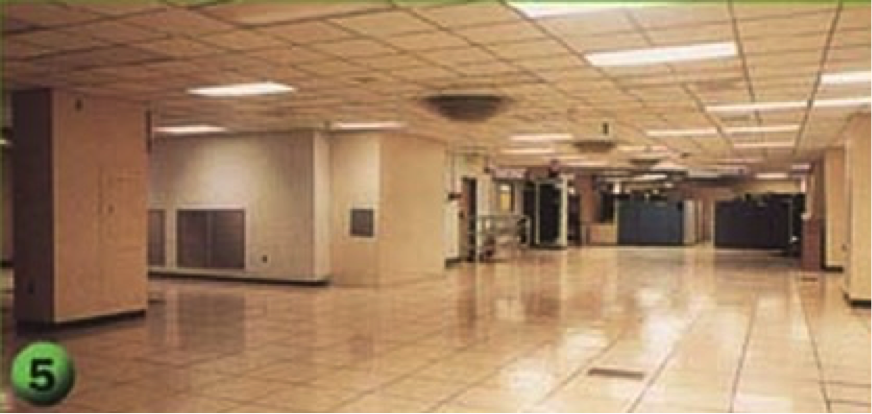
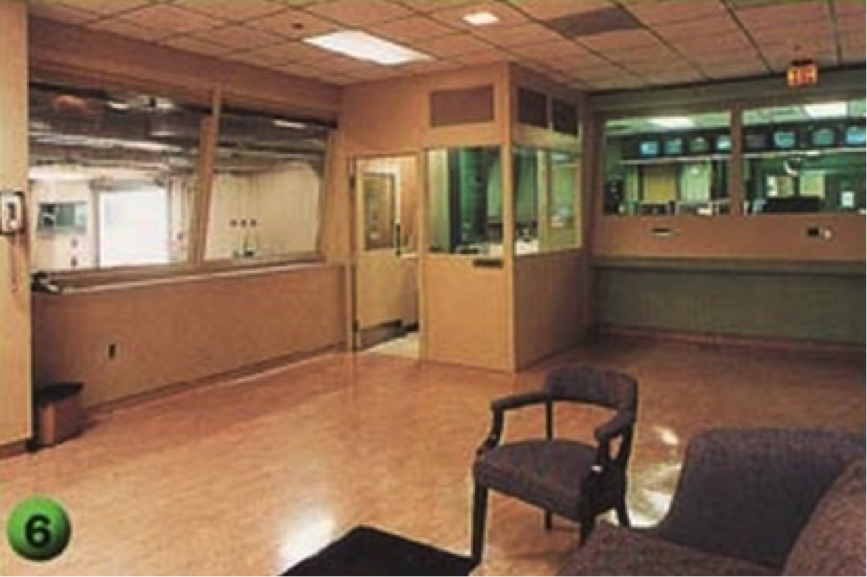
I wish I could have bought the place in 1992.
It is not cash under the mountain these days. The bunker holds “more than 1.1 million film, television, and video items… with a collection ranging from motion pictures made in the 1890s to today’s TV programs, the Library’s holdings are an unparalleled record of American and international creativity in moving images.”
Given the news from Iran and North Korea these days, I wouldn’t be a bit surprised that there is some bureaucrat, somewhere, re-inventing the wheel. The threat is not likely to be very accurate, at least at the beginning, and a hole in the ground may be the best way to see if peace will break out again after the nuclear exchange.
For all of us who live on the plain under the mountain, it is sort of comforting to know that it is there.
Copyright 2015 Vic Socotra
www.vicsocotra.com
Twitter: @jayare303
